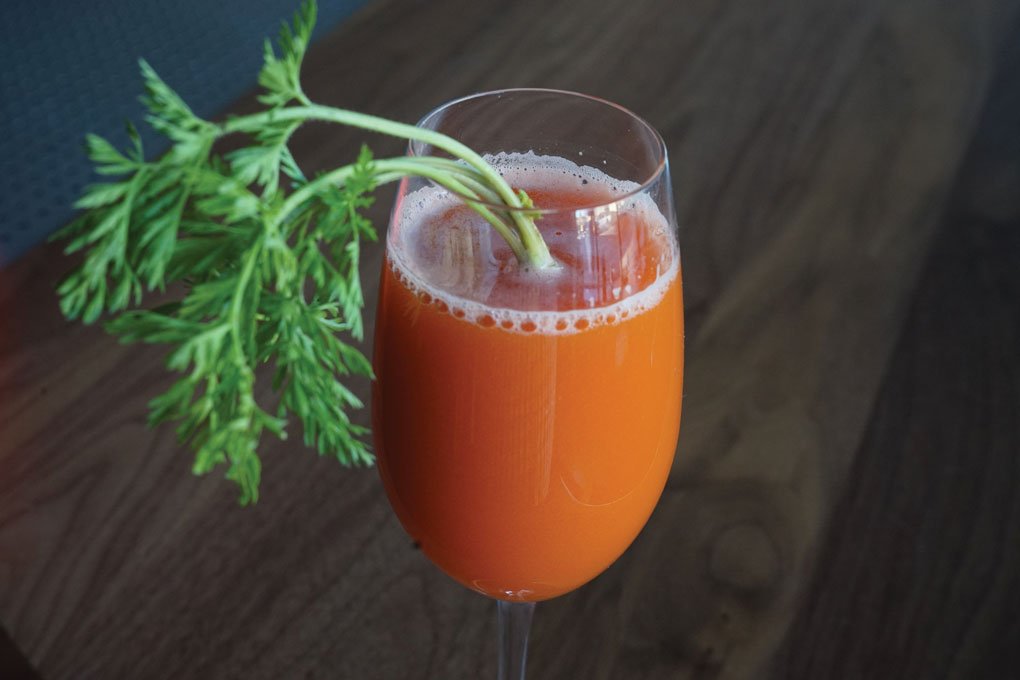Vegetables have been enjoying a heyday on the menu with flavor-forward innovation. The veg-centric movement is one of the biggest culinary trends today, where chefs coax out flavor complexity through cooking technique and high-impact flavor finishes.
It makes sense that veg-centricity is now informing modern cocktail culture, which is marked by speed-of-light innovation.
Today, bartenders are constantly seeking out new inspiration and new flavor combinations. Vegetables are serving up great opportunity for menu differentiation and freshness cues. From seasonality and authenticity to craftsmanship and flavor narrative, vegetables enable bartenders to create cocktails that speak to a breadth of key industry trends.











